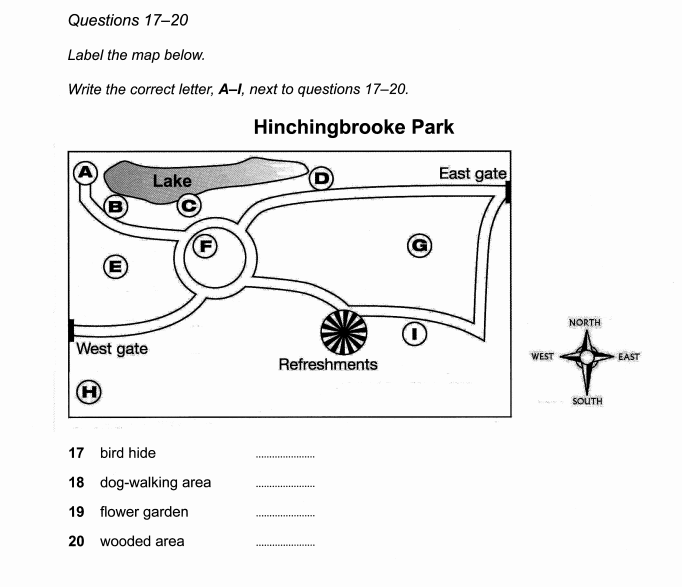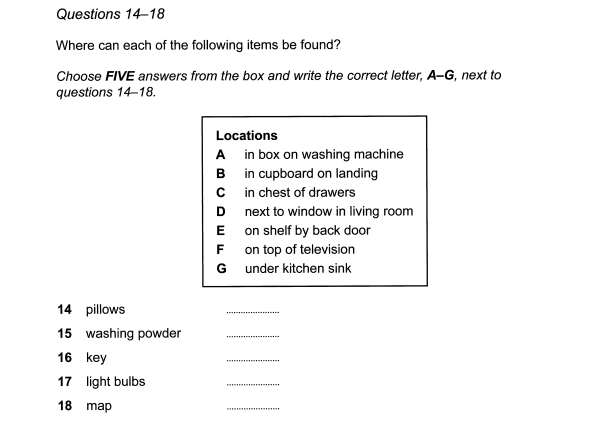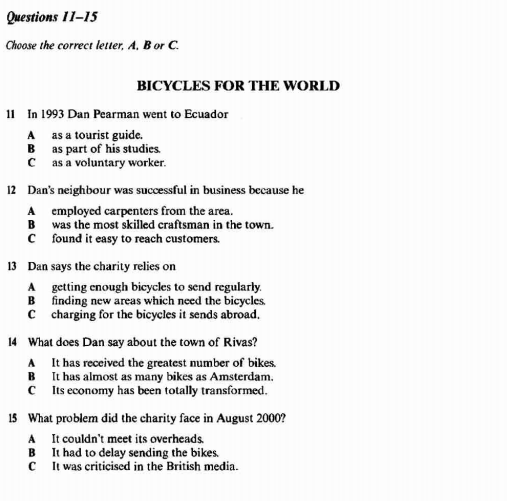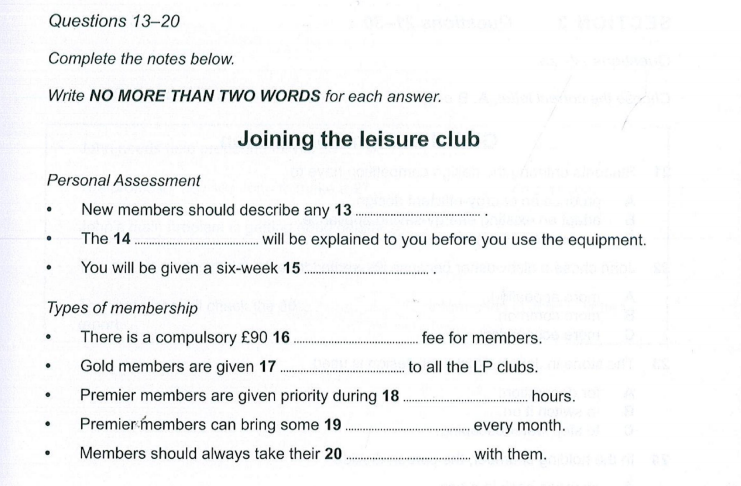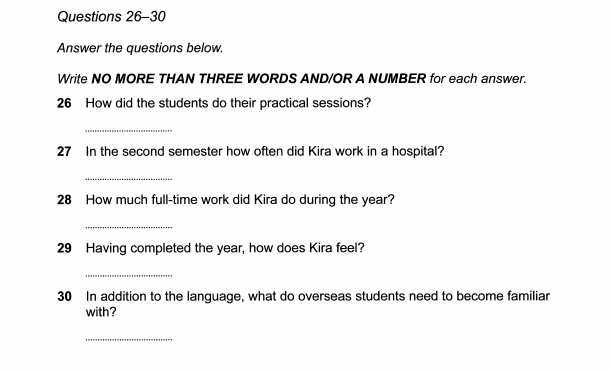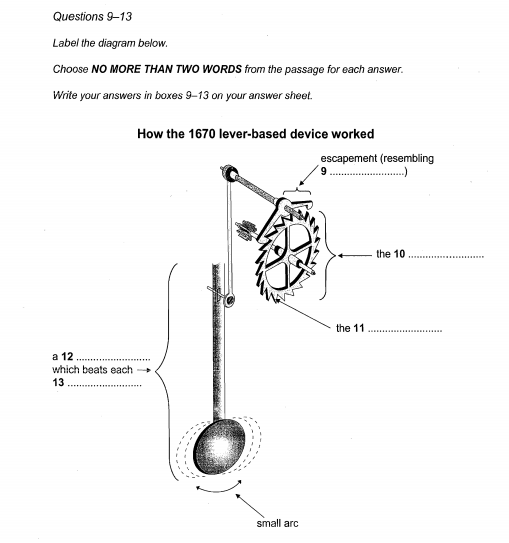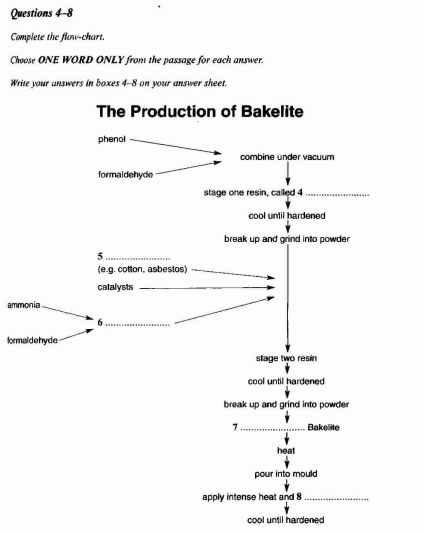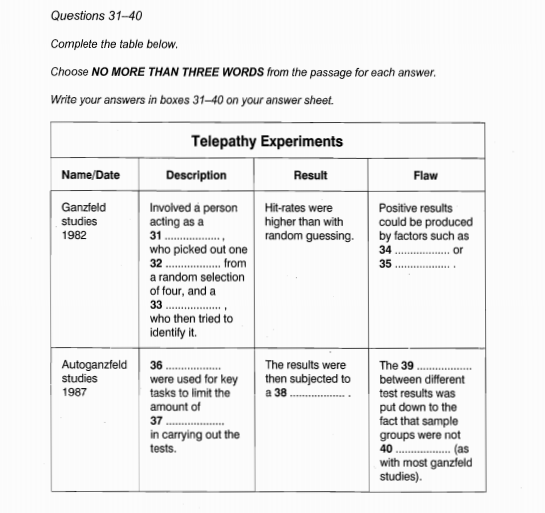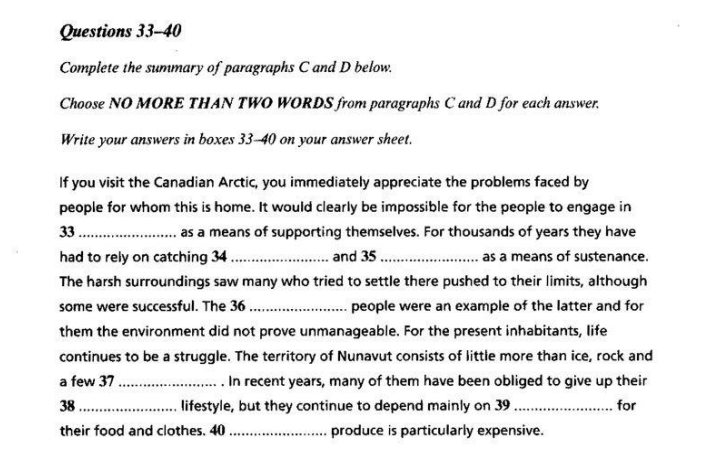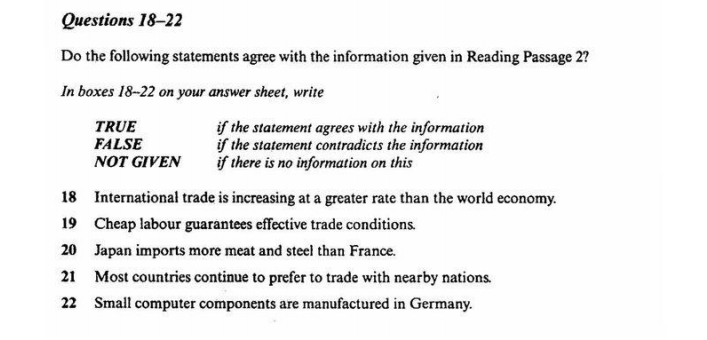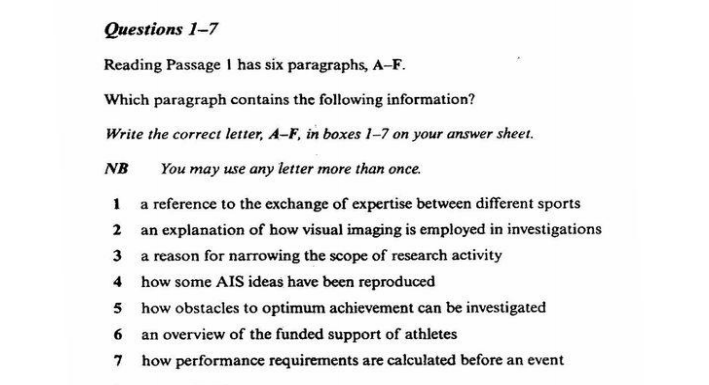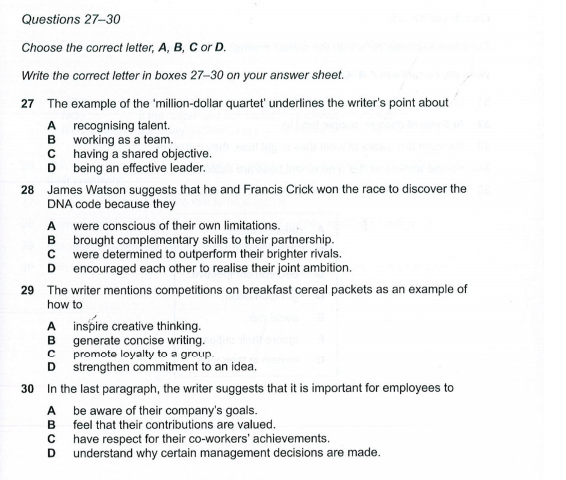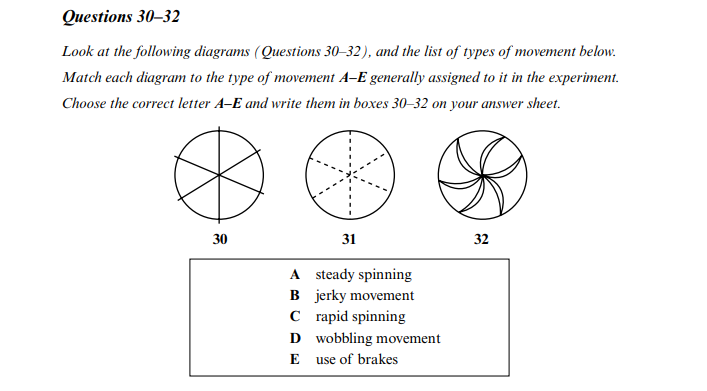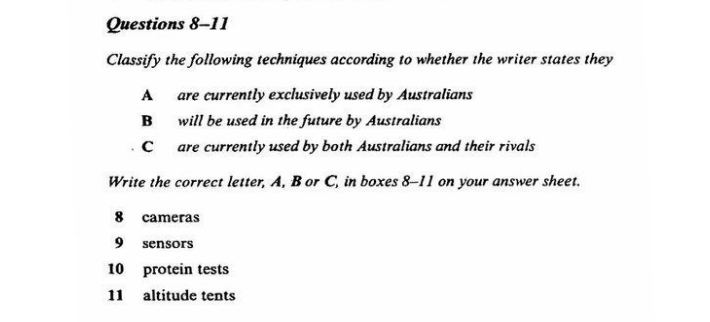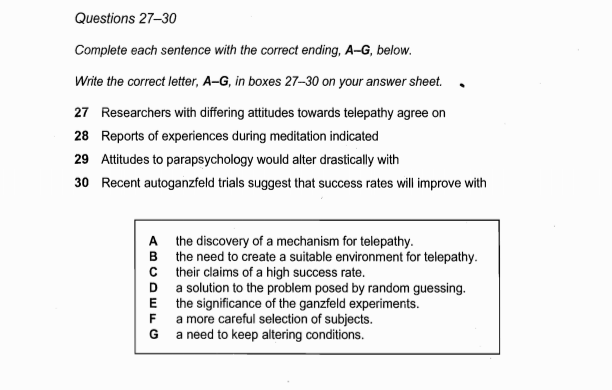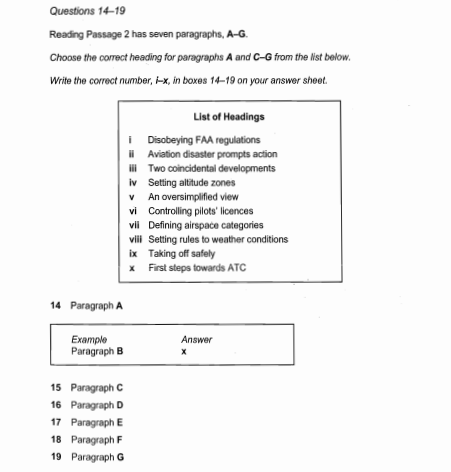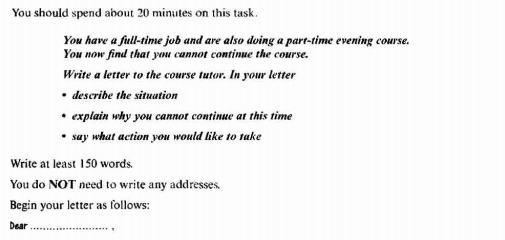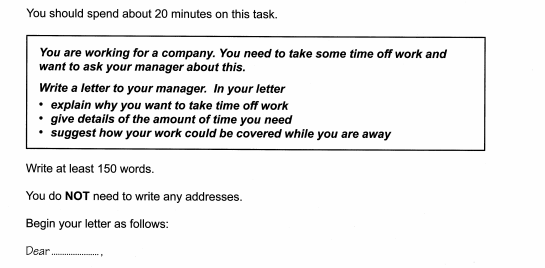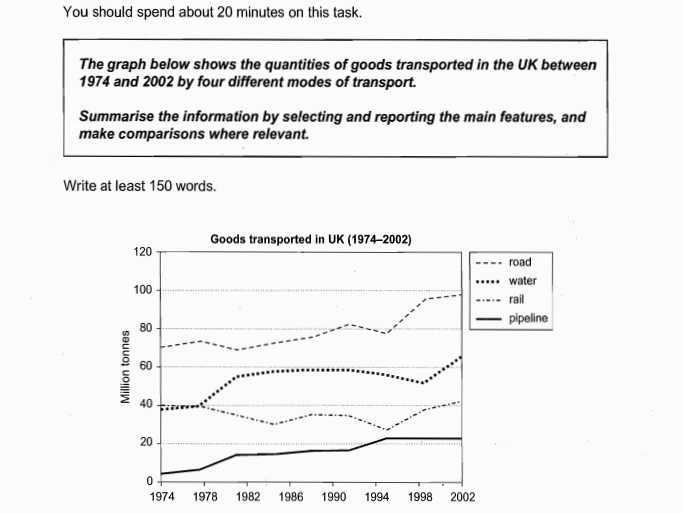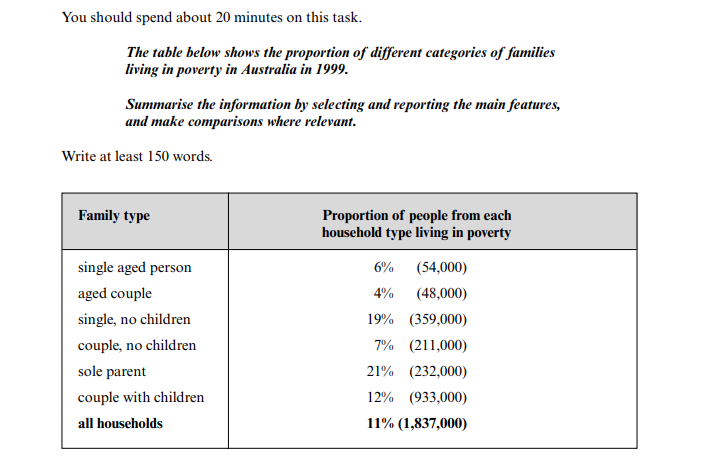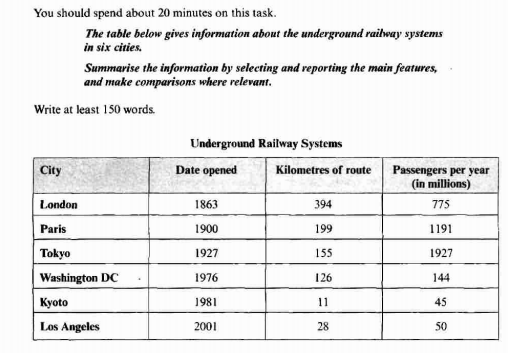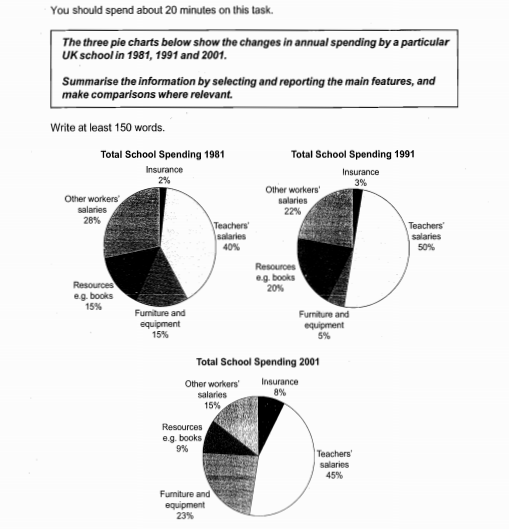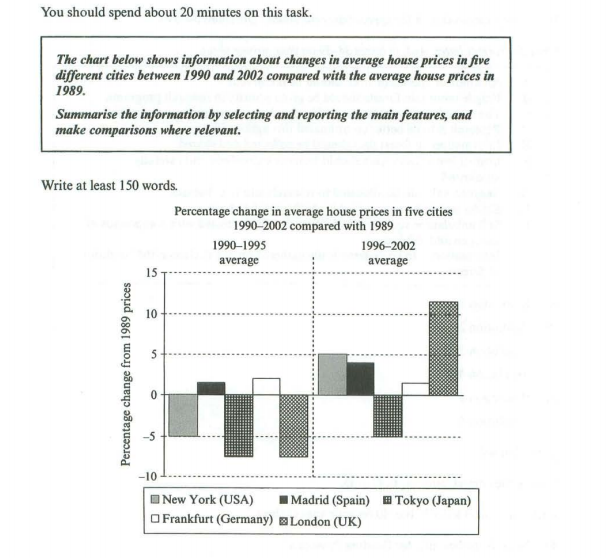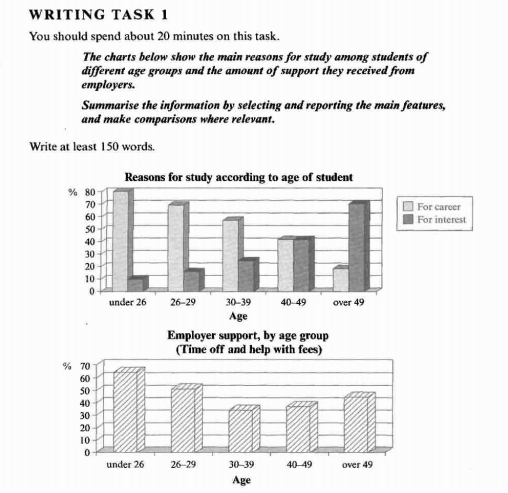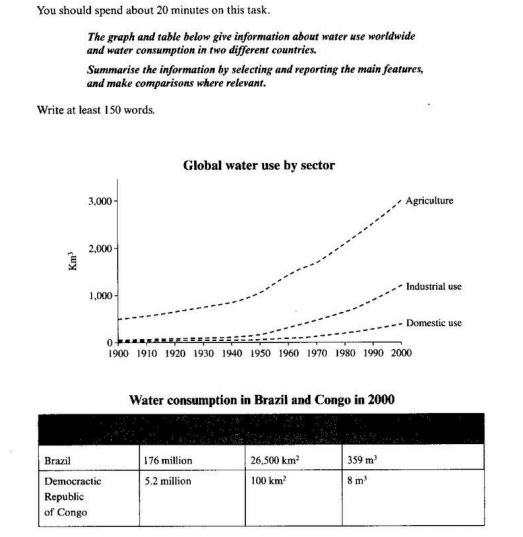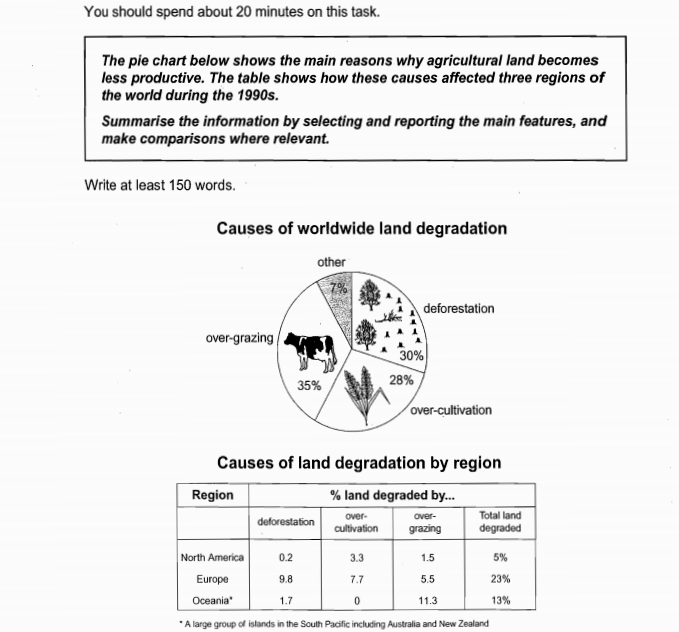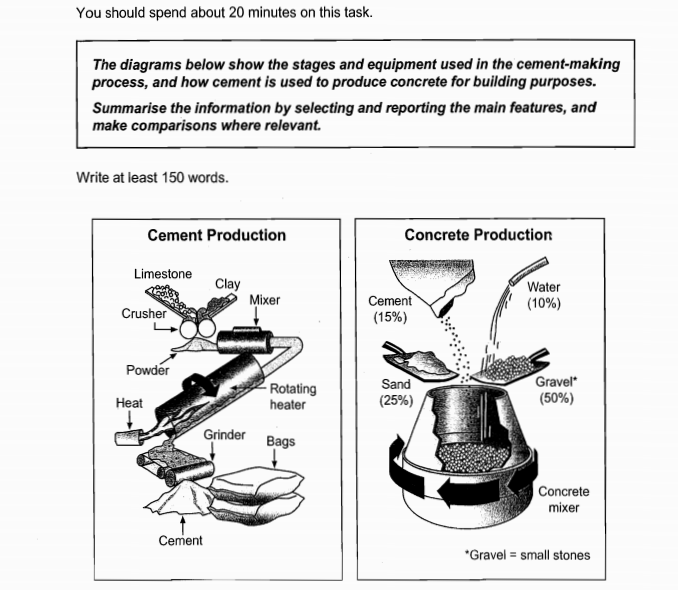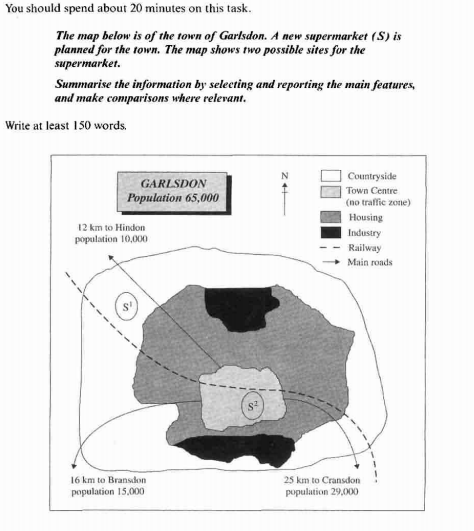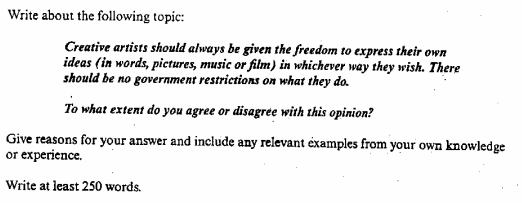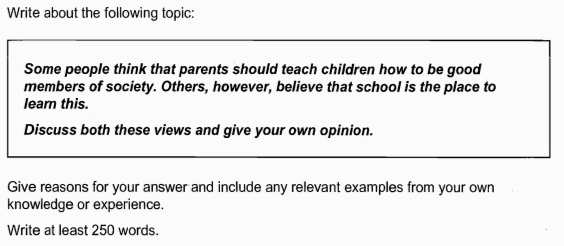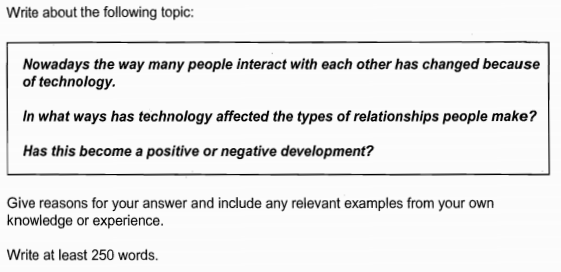The IELTS examination is split into four parts: a 40 minute listening paper; a 60 minute reading test; and a 60 minute writing paper, taken consecutively, in that order, without a break.
The 14 minute speaking test is usually conducted later the same day, but can be taken any time up to one week later.
The content covered in the Reading Test and Writing Test of the IELTS General Training (GT) and IELTS Academic (Ac) test is different: the General Training test materials are focused on topics of general interest, whereas the topics covered in the Academic test are more oriented towards professional work and study.
The Listening Test is the first test that you will complete on test day. The test lasts for 40 minutes. You have 30 minutes to listen to the recording and write your answers directly on the test booklet, and then a further 10 minutes at the end of the test to transfer your answers onto the answer sheet provided.
The listening test is made up of 40 questions in
four sections:
There are 6 main types of question and the questions increase in difficulty as the test progresses. All questions are worth 1 mark.
The questions will usually be formatted in one of the following ways:
Below you can see examples of the different styles of question you
will encounter in the Listening Test.
It's very important that you accurately follow the instructions for each set of questions.
If the format of your answer differs from instructed, even if the correct information is included, your answer will be marked WRONG.
The Reading Test is the second test that you will complete on test day. The test lasts for 1 hour. You write your answers directly on the answer sheet.
The Reading Test is made up of 40 questions in
three sections, each with a reading passage and 13 or 14
questions relating to the passage.
The texts are taken from journals, magazines, newspapers and
books. You are advised to spend approximately 20 minutes on each
section. There are 14 main types of question and the questions
increase in difficulty as the test progresses. All questions in
the Reading Test are worth 1 mark.
The questions will usually be formatted in one of the following ways:
Below you can see examples of the different styles of question you
will encounter in the Reading Test.
As with the Listening Test, it is very important that you carefully follow the instructions for each set of questions.
If the format of your answer differs from instructed, even if the correct information is included, your answer will be marked WRONG.
The Writing Test is the third paper you will take on test day. It is split into two parts: Task 1 and Task 2. You have 60 minutes to complete both tasks.
Task 1 takes the form of an analytical report (Ac), or a letter (GT) of at least 150 words in length.
Task 2 is a discursive essay of at least 250 words in length.
Task 1 is worth a third of the total marks for writing, and Task 2 is worth two thirds, so you should try to split your time accordingly: approximately 20 minutes to complete Task 1 and 40 minutes to finish Task 2.
The Task 1 writing exercise for the General Training module is a letter. The topics are centered around everyday situations and usually require you to request or convey information, express thanks, or make a suggestion or complaint in writing.
The question will ask you to: "Write a letter to... ", and then give you three bullet points that you must cover in your letter.
Here are some example Task 1 General Training questions.
Task 1 is worth a third of the available marks for the writing section, so you should aim to spend around 20 minutes on this task.
The Task 1 Academic writing exercise is in the form of a report. You may be asked to report on a line graph, bar chart, table, pie chart, map or process diagram. Sometimes the question may combine these elements, e.g. a line graph with a pie chart or multiple graphs or tables presented together.
The question will ask you to: "Summarise the information by selecting and reporting the main features, and make comparisons where relevant."
Let's take a look at some sample Task 1 Academic questions:
Task 1 is worth a third of the available marks for the writing section, so you should aim to spend around 20 minutes on this task.

The Task 2 general and academic writing exercise is a 250 word discursive essay. The question will be in the form of a topic statement followed by a question.
You will be assessed on your ability to present and justify an opinion; present a solution to a problem; compare and contrast evidence and opinions; and evaluate and challenge ideas, evidence and arguments.
The task will give you a direct instruction relating to the topic and then ask you to: "Give reasons for your answer and include any relevant examples from your own knowledge or experience."
Let's take a look at some sample Task 2 questions:
The writing task is often the part of the IELTS test that candidates score lowest on. The key to achieving the band score you need is to clearly understand the requirements of the task, be familiar with the IELTS writing assessment critieria and to develop a clear, well-practiced IELTS essay writing technique.
The Speaking Test is the final part of the IELTS test. Usually you will take the speaking test interview after lunch on test day, but it can be conducted up to one week after sitting the paper based tests.
The Speaking test takes the form of a face-to-face interview with a qualified IELTS speaking examiner. The interview is split into three sections and follows a preset script which the examiner must adhere to.
After a short introduction you will be asked 8 short answer questions on two topics lasting 4 - 5 minutes, followed by the 'long turn' question where you are given one minute to prepare and make some notes before speaking for 2 minutes uninterupted on a given topic. Finally you will discuss 6 questions related to the topic of your long turn response for the remaining 4 - 5 minutes of the interview.
The total duration of the interview will be 13 - 14 minutes.
Let's look at the three sections of the interview in more detail:
The examiner will begin the interview by reading out the date and test venue identification details for the benefit of the recording. (All IELTS interviews are recorded for the full duration of the time you are in the interview room).
The examiner will then read out your name and IELTS identification number followed by their own name and examiner identification number. You will then be asked to show your passport or national ID card for verification.
Before asking you two sets of general topic, short answer questions the examiner will begin by asking you about your home and where you live or about your study or work situation. The questions will be something like these:


Following this the examiner will go straight into two sets of (four) general topic short answer questions. For example:


The total duration for Part 1 should be about four and a half to five minutes.
Part 1 is not a discussion, the examiner can use the "Why/Why not? " prompts if he/she feels you are not extending your answer sufficiently, but nothing more than that.
Upon completion of Part 1 the examiner will say, "Now i'm going to give you a topic and i'd like you to talk about it for 1 to 2 minutes." You will then be given a topic card, pencil and a piece of blank paper and allowed 1 minute to make some notes on the topic.
After your 1 minute preparation time the examiner will say, "Remember, you have 1 to 2 minutes for this, so don't worry if i stop you, can you start speaking now please."
The examiner will not speak again until your 2 minutes time is up. (Unless you stop speaking before 1:40s, in which case the examiner will prompt you to say more.)
Below is an example of a Part 2 topic card:

After your two minutes speaking time the examiner will ask you to stop speaking and will ask you one or two short rounding-off questions before leading into Part 3. (You should give a short reply to these questions only).
The final section of the speaking test is a 4 to 5 minute discussion based on topics related to your Part 2 long turn.
In Part 3 the examiner has a choice of three sets of three questions, from which he/she will select two to base the discussion around. In this final part of the test the examiner is able to discuss the questions in a more natural manner and will ask you a few additional follow-up questions based on your answers to previous questions.
In this part of the test the examiner is testing your ability to respond to questions in a variety of different ways and is trying to elicit specified forms of language in response to the questions.
The questions are structured in the following way:
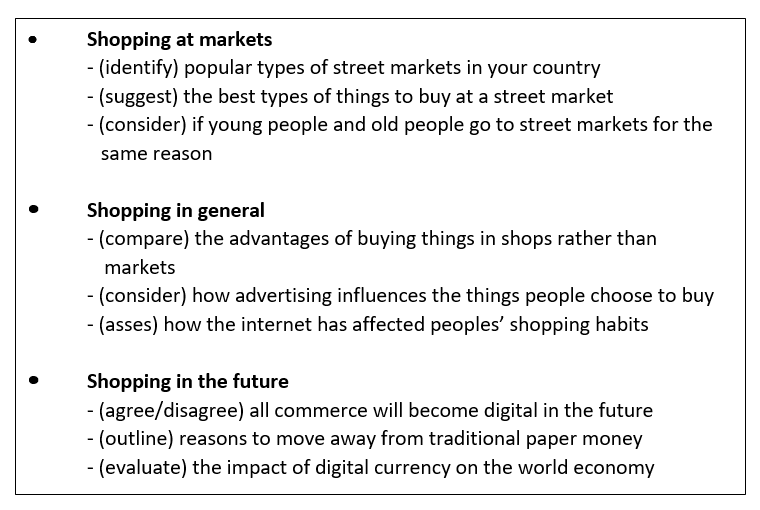
After around four and a half minutes of discussion the examiner will thank you for your time and end the interview.
Many candidates get very nervous before taking the IELTS Speaking Test interview. It is the final part of the IELTS test and it's normal to feel this way. The key to performing well in the Speaking Test is to be familiar with the interview format and content, and to have a clear understanding of the IELTS speaking assessment critieria that the examiner is using to rate your performance.



